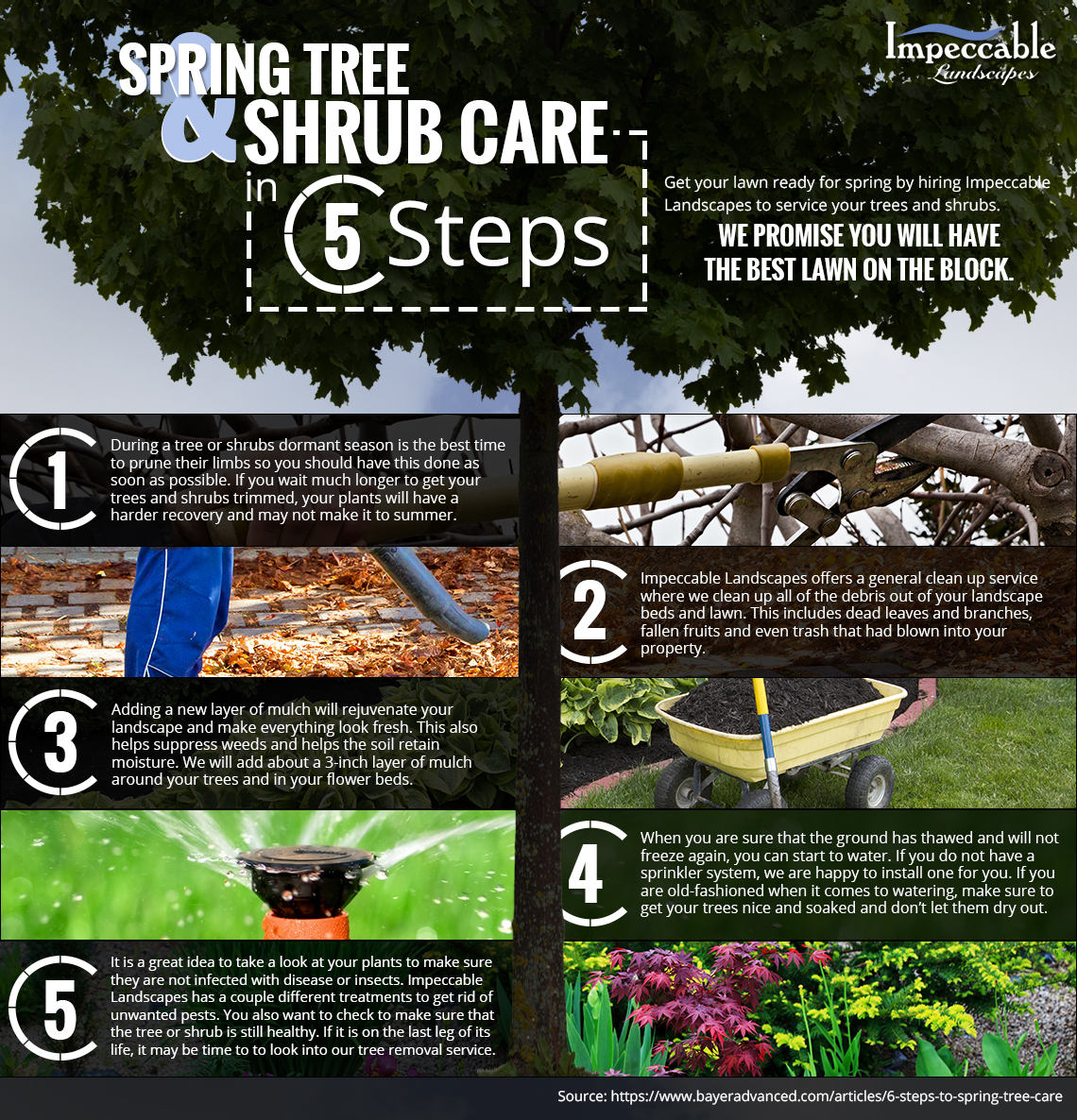Recognize Important Signals That May Recommend Your Tree Is Harmful; Recognizing These Can Aid Ensure The Security Of Your Residential Or Commercial Property And Loved Ones.What Should You Observe Next?
Recognize Important Signals That May Recommend Your Tree Is Harmful; Recognizing These Can Aid Ensure The Security Of Your Residential Or Commercial Property And Loved Ones.What Should You Observe Next?
Blog Article
Post Author-Harper Aagaard
When it involves tree care, acknowledging the indications that it's time for elimination is important for your security and building. You might discover discolored leaves, wilting branches, or strange fungal growths indicating health issue. Structural problems, like a considerable lean or splits in the trunk, can likewise posture risks. Understanding these indication can assist you make educated choices regarding your trees and avoid potential hazards lurking in your backyard. What should you look for following?
Indications of Decay and Condition
When you notice indicators of decay and condition in your trees, it's essential to act swiftly. Seek tarnished fallen leaves, wilting branches, or uncommon growths like fungi. These can show that your tree is having a hard time.
If you see cracks in the bark or soft, mushy wood, these signs suggest inner decay. In https://landenxrkdv.theideasblog.com/35782677/the-important-guide-to-stump-grinding-methods-benefits-and-costs , an abrupt rise in bugs around your tree can signify that it's damaged and susceptible.
Look for any type of dead or passing away arm or legs, as they pose a threat to your property and safety and security. If you doubt concerning what you see, seeking advice from an arborist can provide clearness.
Addressing these indications early can conserve you from more extensive damages and make sure the health of your backyard. Do not wait until it's too late.
Structural Instability and Leaning
As you observe your trees, watch out for any indications of structural instability or leaning. If a tree leans dramatically, it might suggest that the origin system is endangered.
Seek any type of cracks in the trunk or soil around the base; these can signal potential failure. Furthermore, Find Out More for unusual development patterns, like an uneven crown, which might suggest that the tree is having a hard time to hold itself upright.
If you discover that the tree favors your home, power lines, or various other frameworks, it postures a better danger. Don't disregard these indicators-- seek advice from an arborist to evaluate the situation.
Taking action early can protect against pricey damage and ensure your safety.
Dead or Dying Branches and Foliage
If you observe dead or passing away branches and vegetation on your tree, it's a clear sign that something's wrong.
These harmful locations can suggest underlying problems like illness, insect invasions, or ecological stress. When branches shed their fallen leaves or turn brownish, they're no more contributing to the tree's wellness. Ignoring these indications might bring about additional decrease, making your tree a lot more dangerous.
Dead branches can quickly break short during storms, posing a risk to property and individuals close by. It's vital to analyze the level of the damages.
If the problem impacts a significant part of the tree, think about seeking advice from an expert. They can aid determine if elimination is essential to make sure safety and security and preserve the elegance of your landscape.
Verdict
If you see any type of indications of decay, structural instability, or dead branches on your trees, do not ignore them. These indicators can posture severe security risks to you and your residential or commercial property. It's always best to speak with a professional arborist who can supply a specialist analysis of your trees. Taking action early can avoid mishaps and expensive damages, ensuring your landscape remains secure and healthy. Remember, it's better to be proactive regarding tree treatment than to wait for a disaster to take place.
